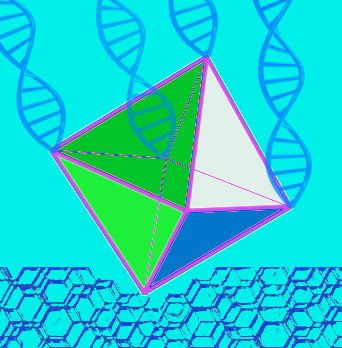RNA-writing uncovered
 Researchers in the US have shown that human cells can write RNA sequences into DNA.
Researchers in the US have shown that human cells can write RNA sequences into DNA.
Cells contain machinery that duplicates DNA into a new set that goes into a newly formed cell. That same class of machines, called polymerases, also build RNA messages, which are like notes copied from the central DNA repository of recipes, so they can be read more efficiently into proteins.
However, polymerases were thought to only work in one direction - DNA into DNA or RNA. This prevents RNA messages from being rewritten back into the master recipe book of genomic DNA.
Now, Thomas Jefferson University researchers have provided evidence that RNA segments can be written back into DNA via a polymerase called theta, which could have wide implications affecting many fields of biology.
“This work opens the door to many other studies that will help us understand the significance of polymerases that can write RNA messages into DNA,” says Richard Pomerantz, PhD, associate professor of biochemistry and molecular biology at Thomas Jefferson University.
“That polymerase theta can do this with high efficiency, raises many questions.”
For example, this finding suggests that RNA messages can be used as templates for repairing or re-writing genomic DNA.
The discovery was made during studies of one very unusual polymerase, called polymerase theta.
Of the 14 DNA polymerases in mammalian cells, only three do the bulk of the work of duplicating the entire genome to prepare for cell division. The remaining 11 are mostly involved in detecting and making repairs when there’s a break or error in the DNA strands.
Polymerase theta repairs DNA, but is very error-prone and makes many errors or mutations.
The researchers therefore noticed that some of polymerase theta’s “bad” qualities were ones it shared with another cellular machine, albeit one more common in viruses -- the reverse transcriptase. Like Pol theta, HIV reverse transcriptase acts as a DNA polymerase, but can also bind RNA and write RNA back into a DNA strand.
The researchers tested polymerase theta against the reverse transcriptase from HIV, which is one of the best studied of its kind.
They showed that polymerase theta was capable of converting RNA messages into DNA, which it did as well as HIV reverse transcriptase, and that it actually did a better job than when duplicating DNA to DNA.
Polymerase theta was more efficient and introduced fewer errors when using an RNA template to write new DNA messages, than when duplicating DNA into DNA, suggesting that this function could be its primary purpose in the cell.
The group then used x-ray crystallography to define the structure and found that this molecule was able to change shape in order to accommodate the more bulky RNA molecule – a feat unique among polymerases.
The full study is accessible here.








 Print
Print